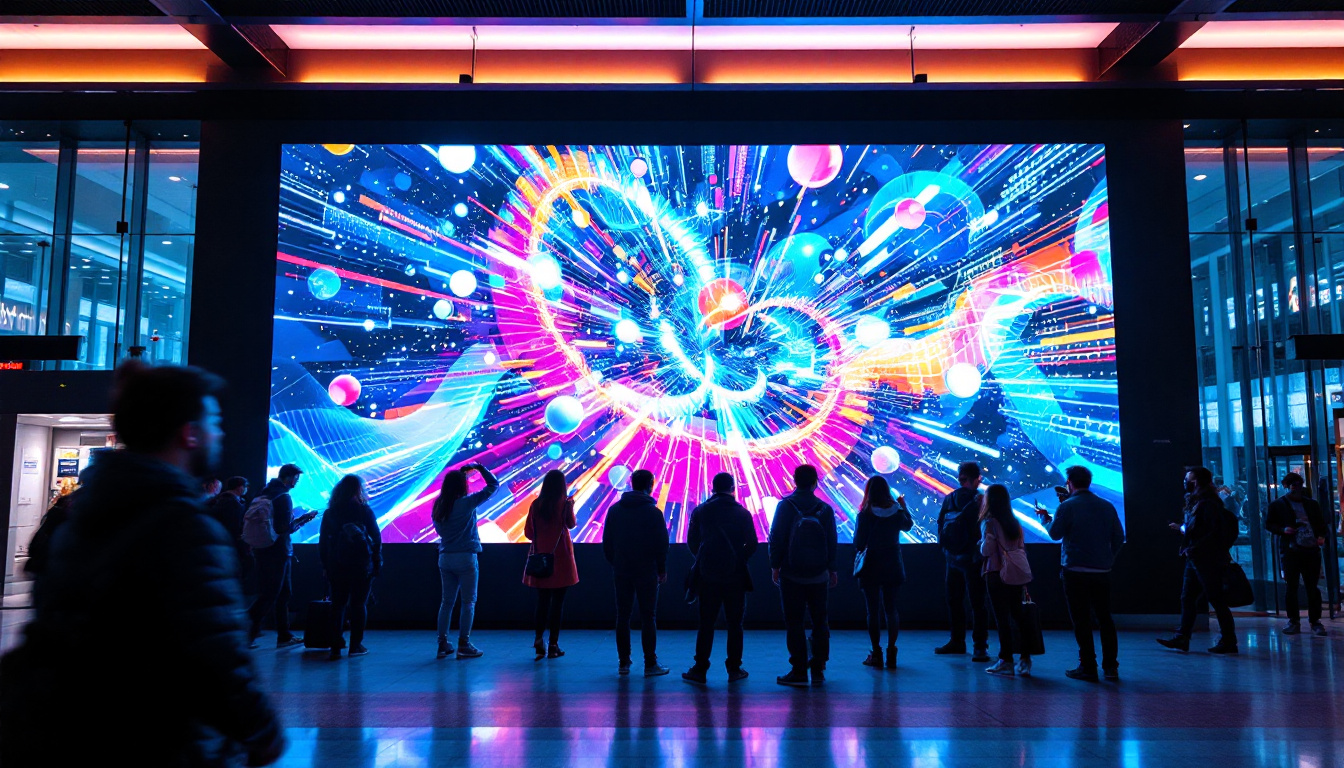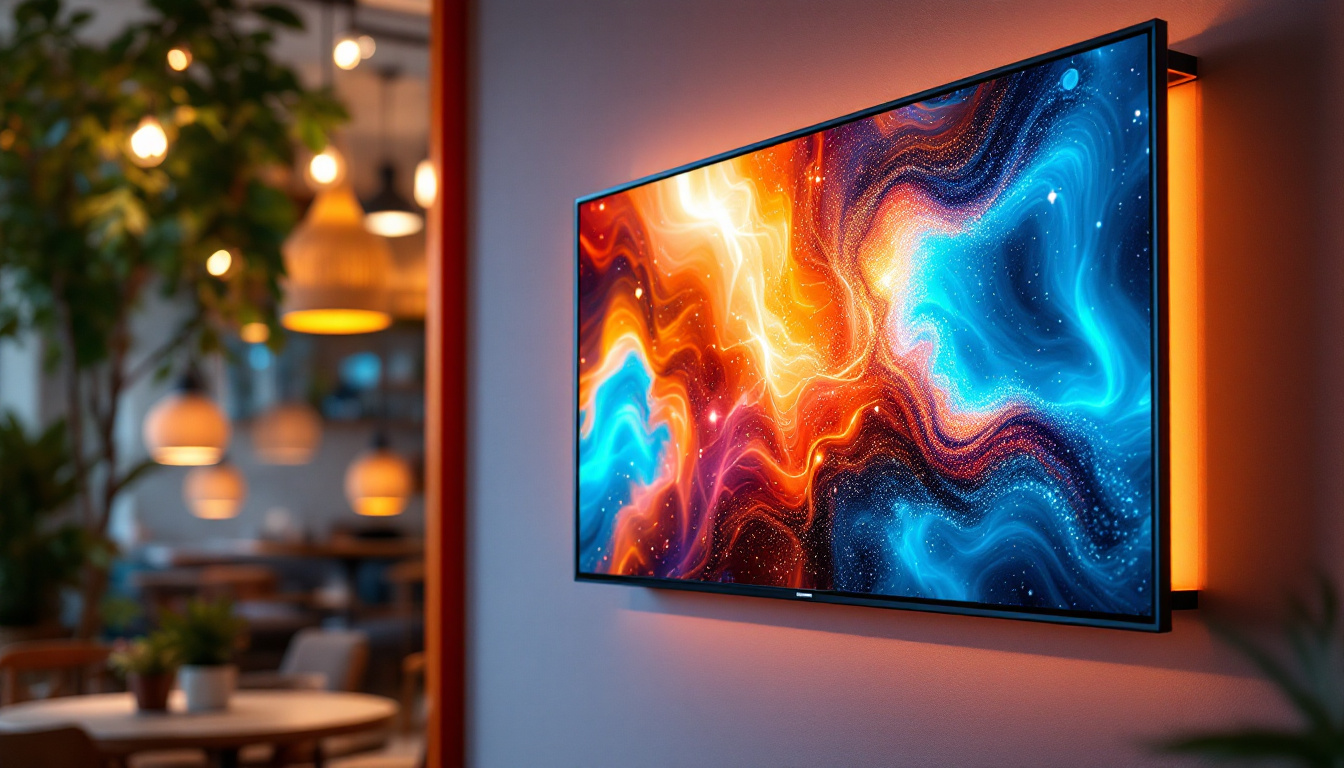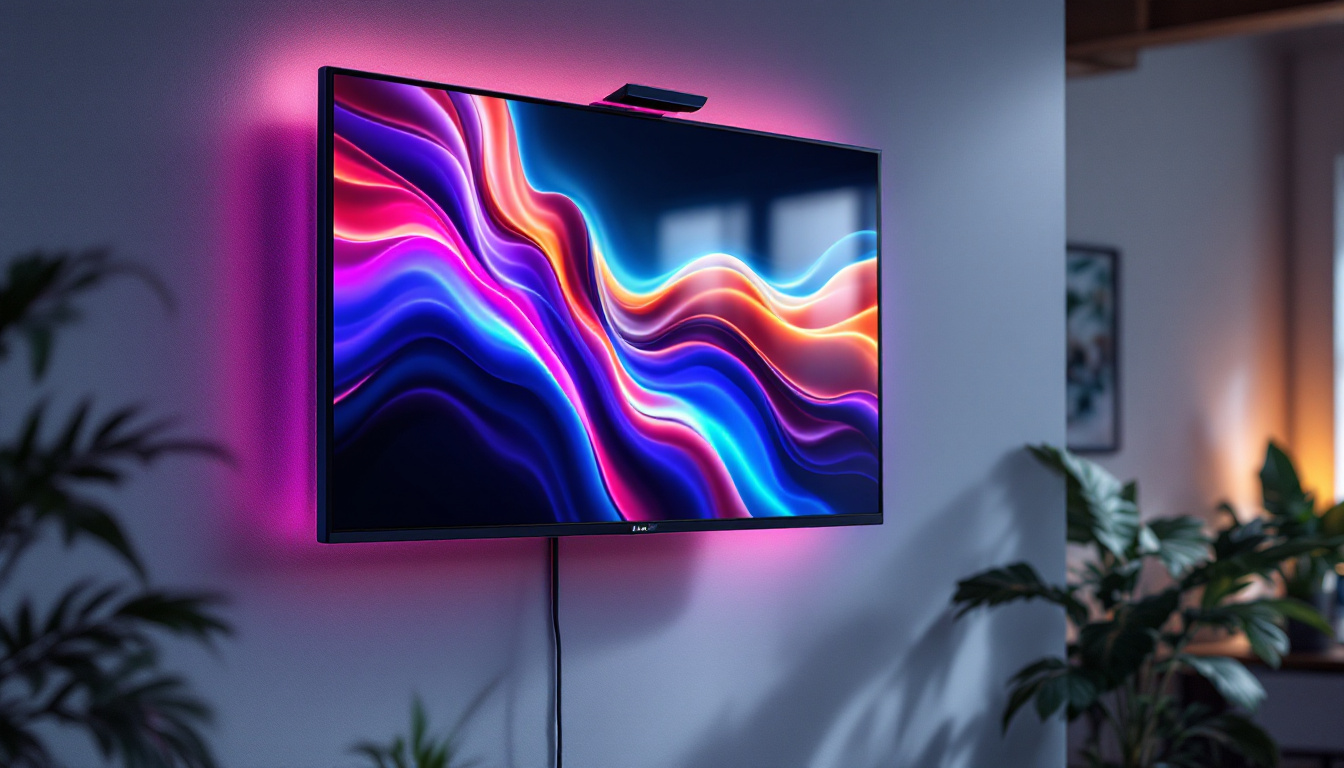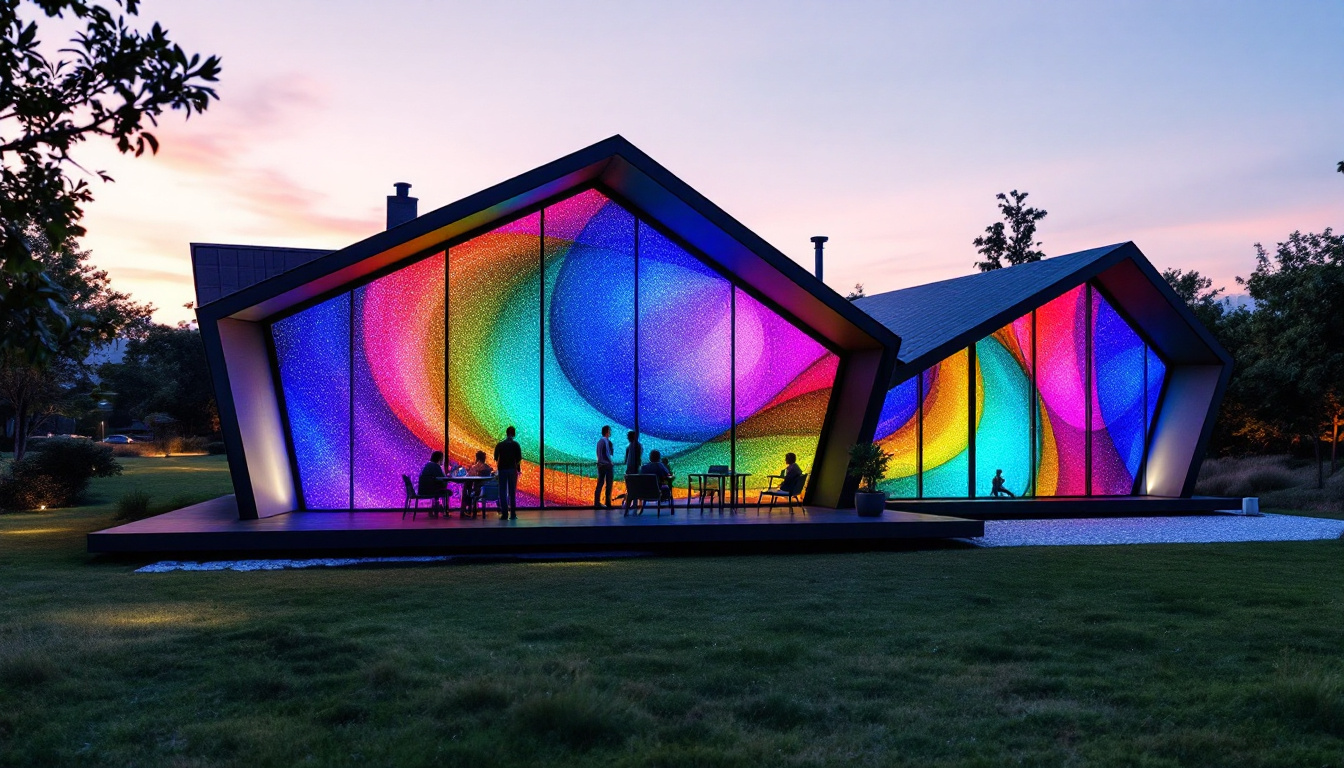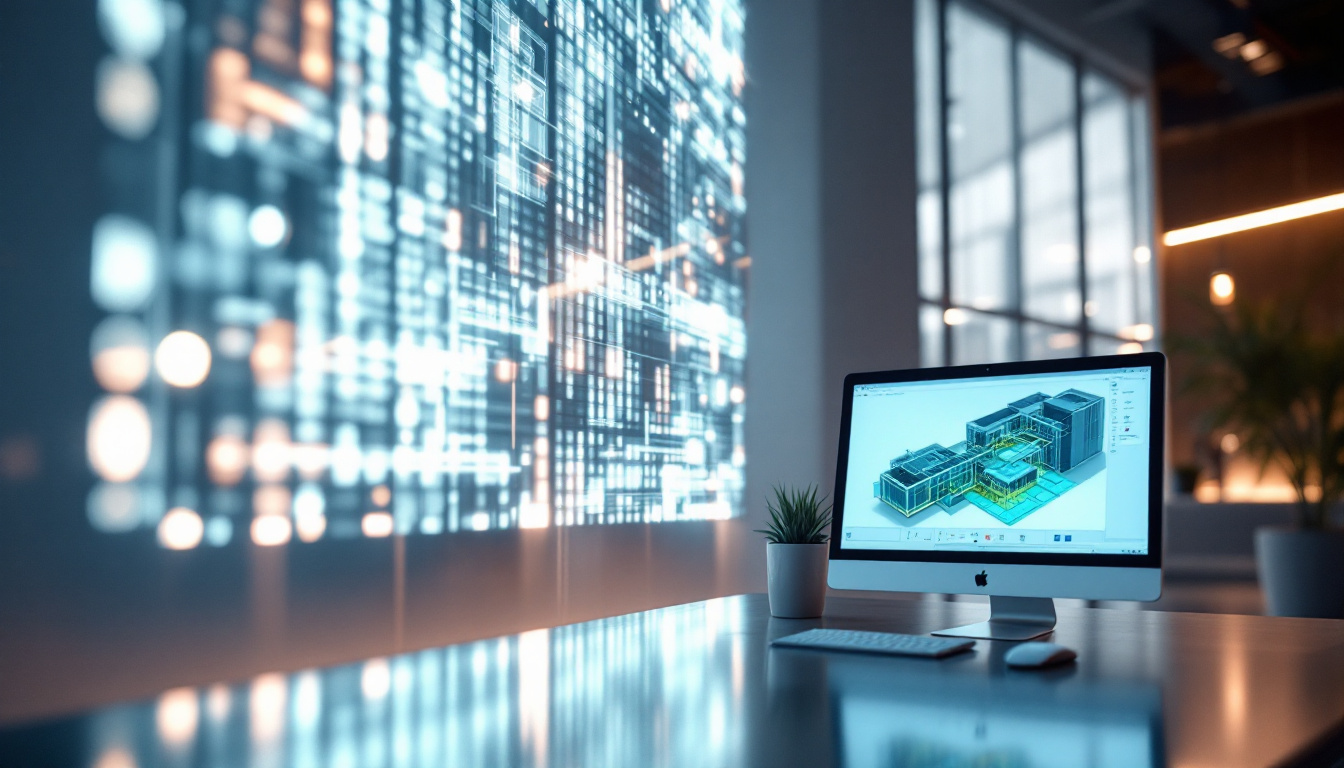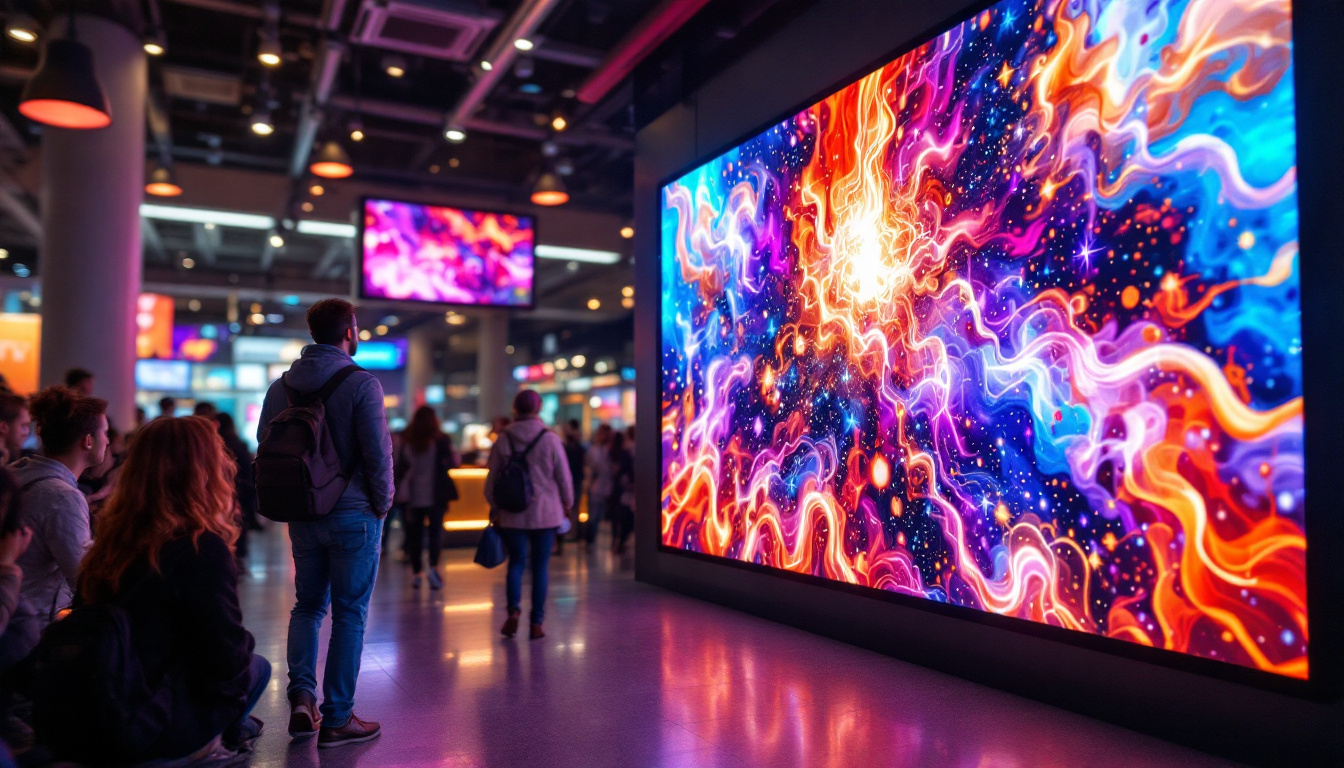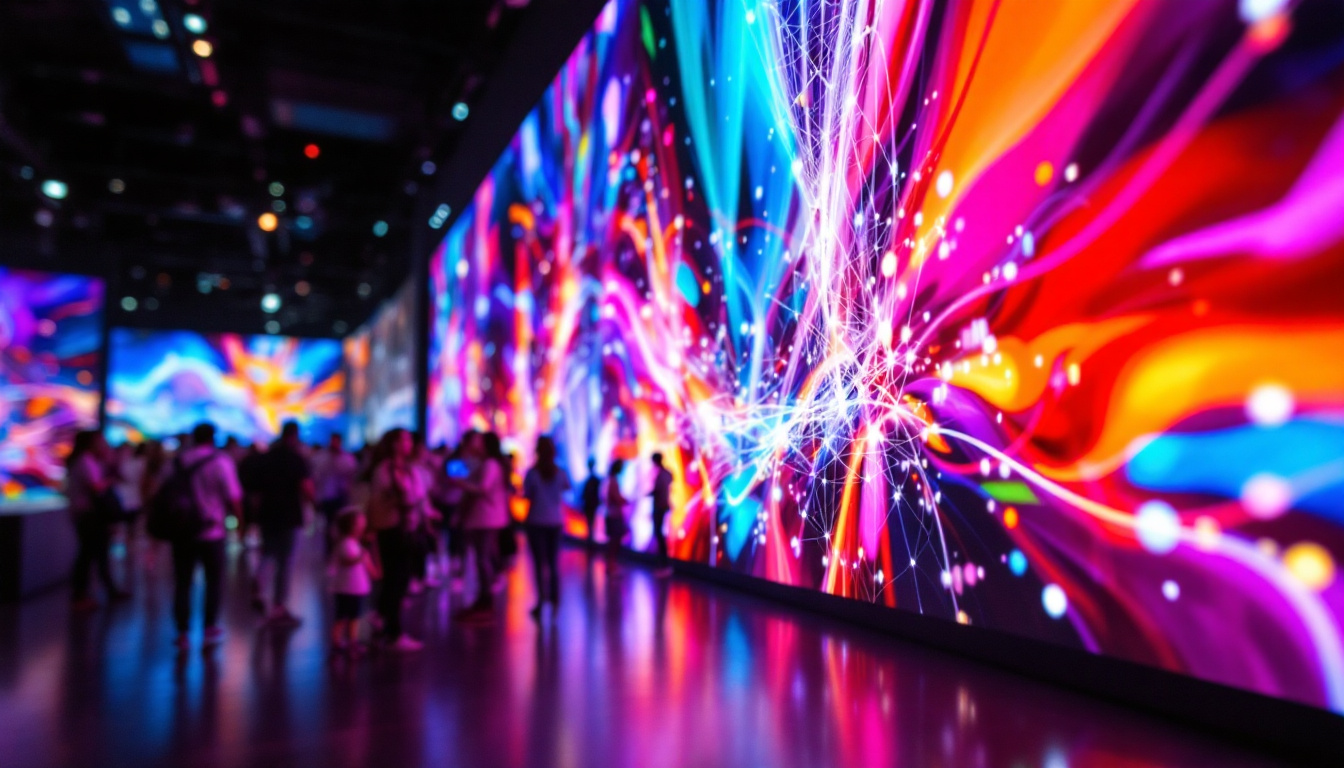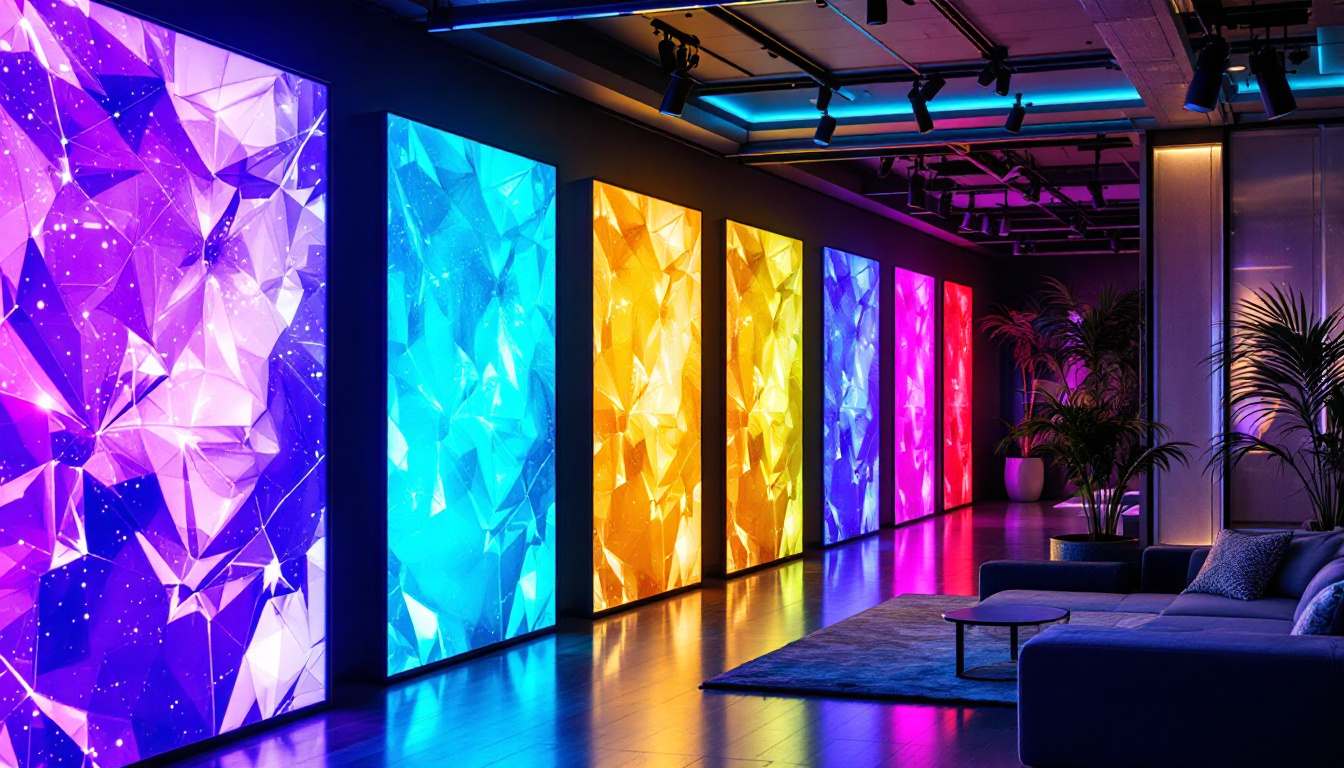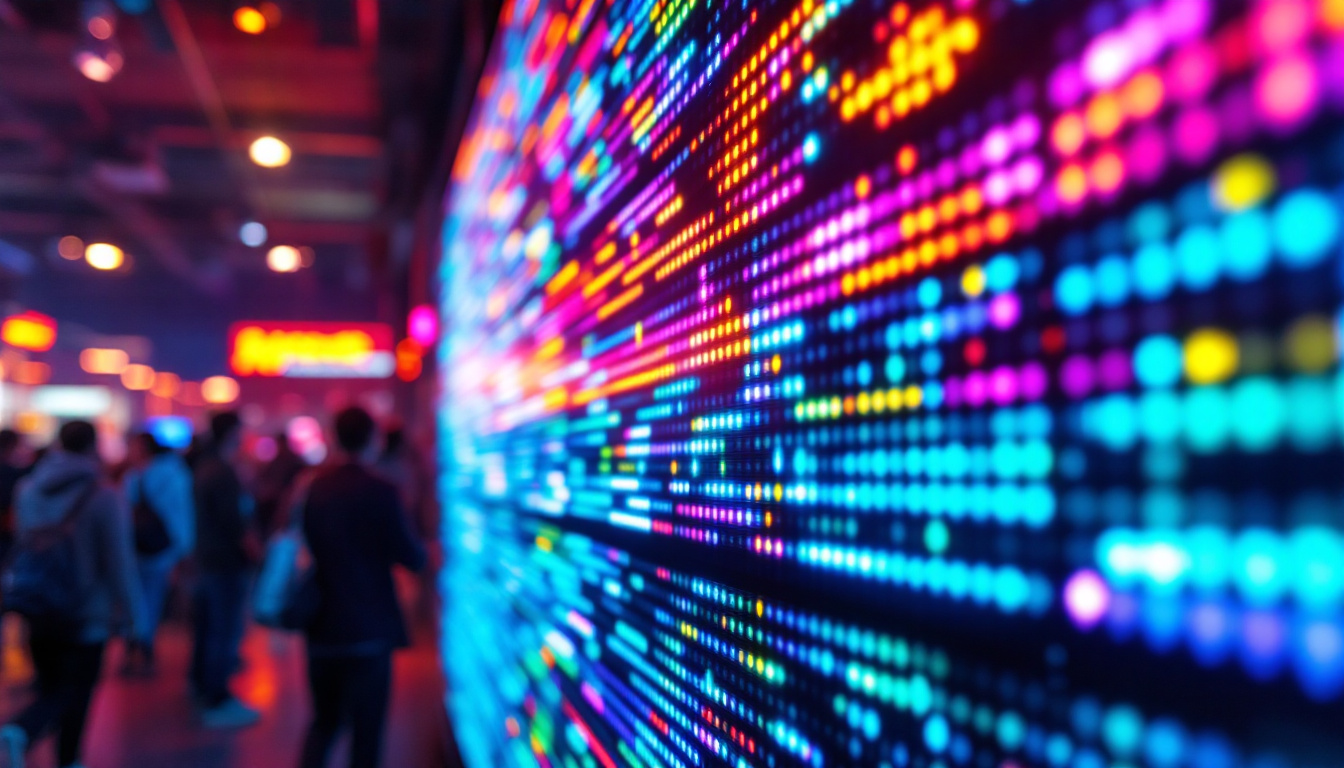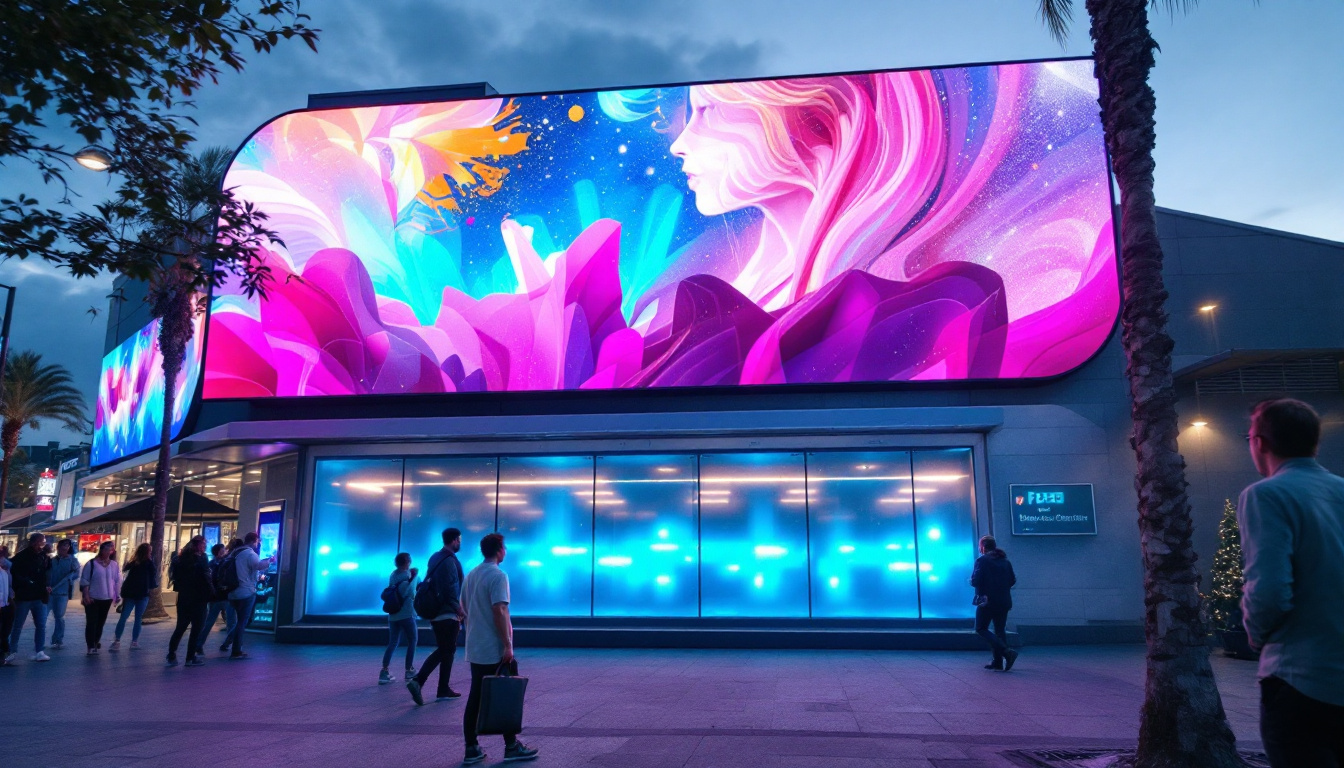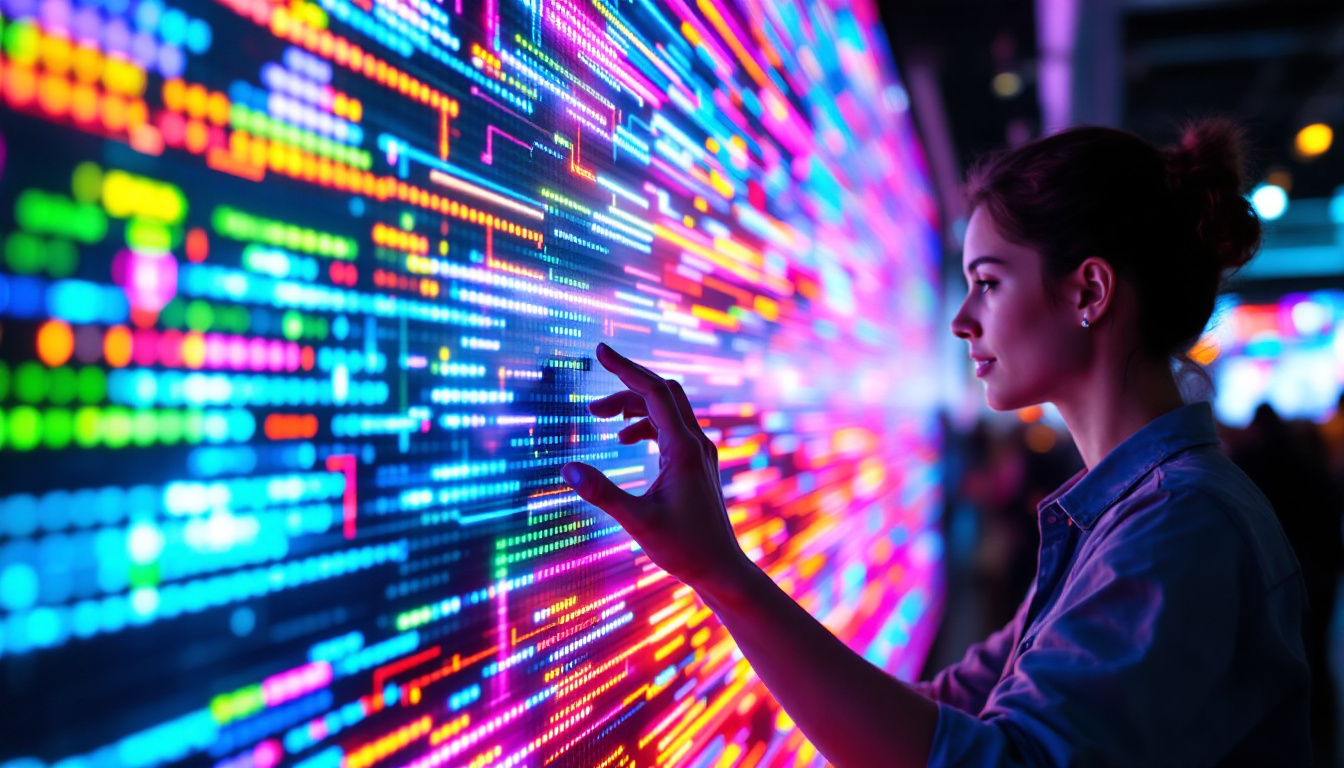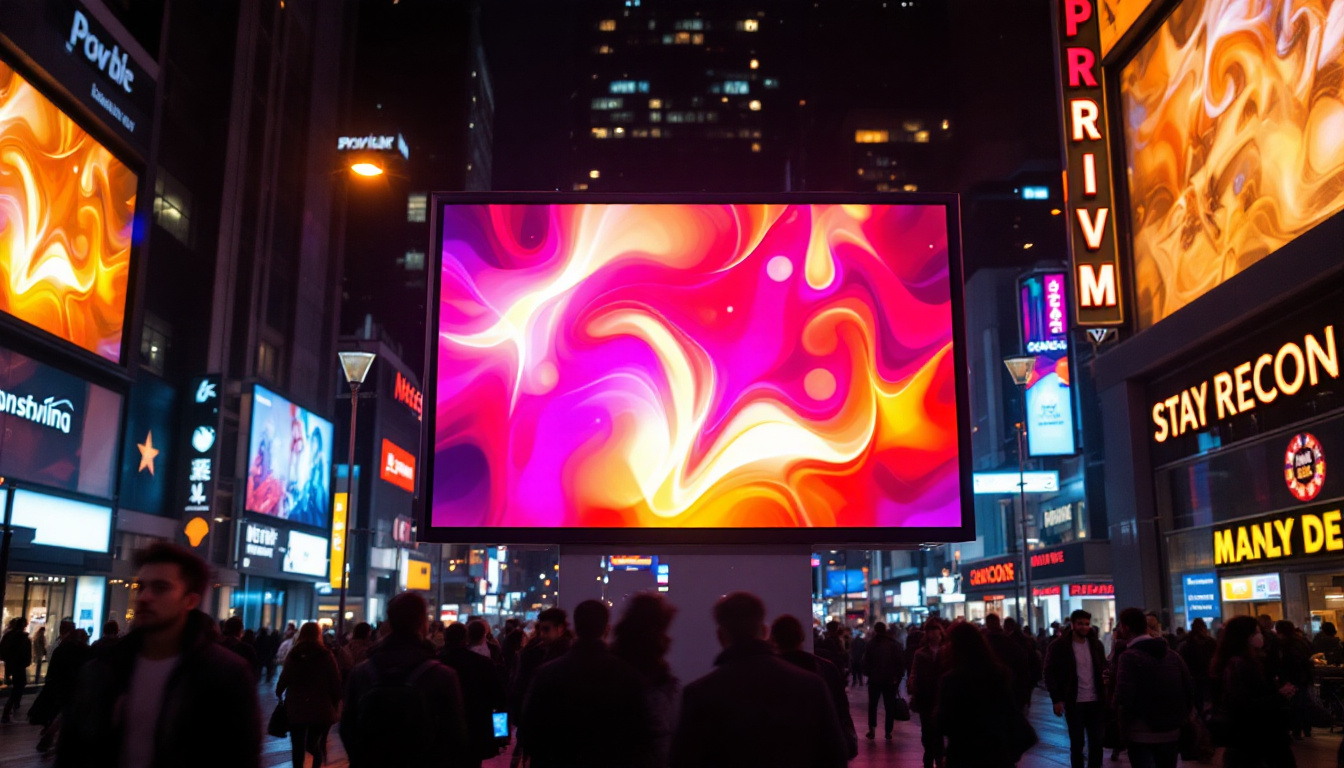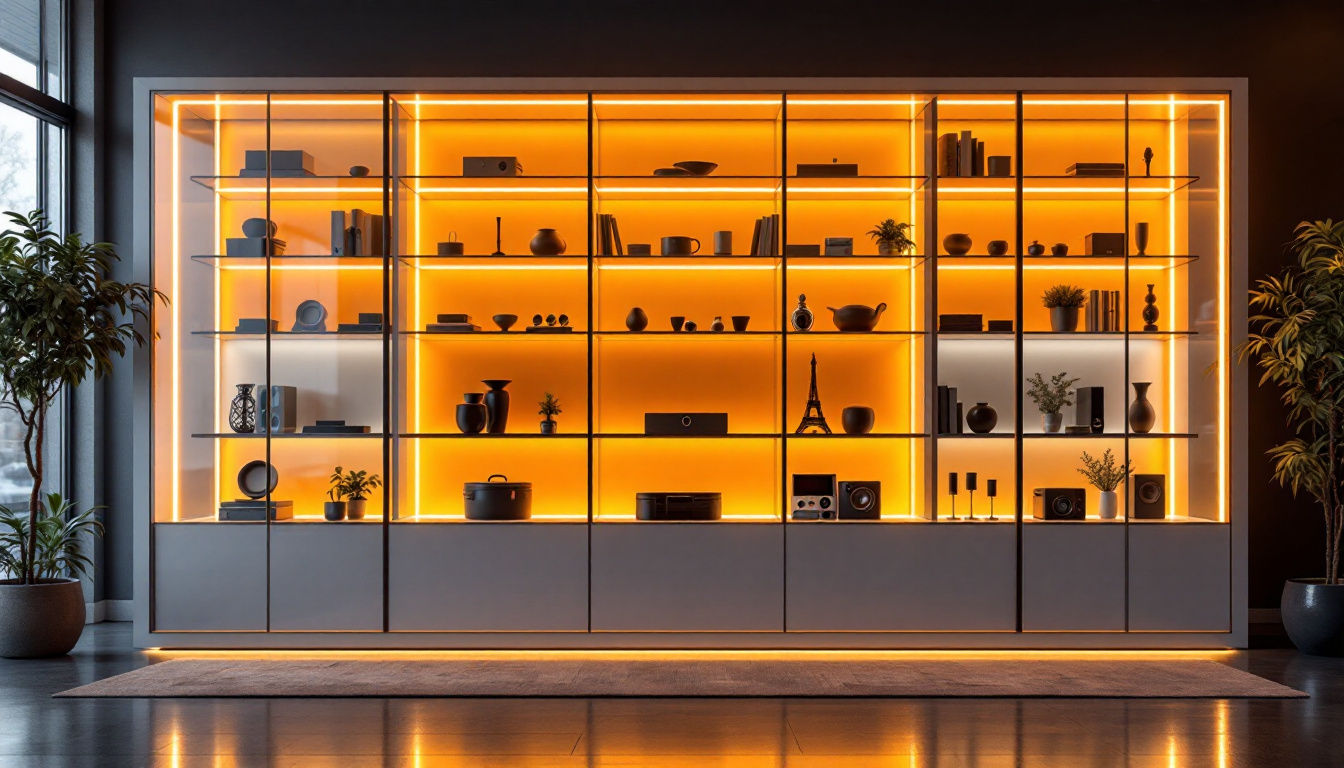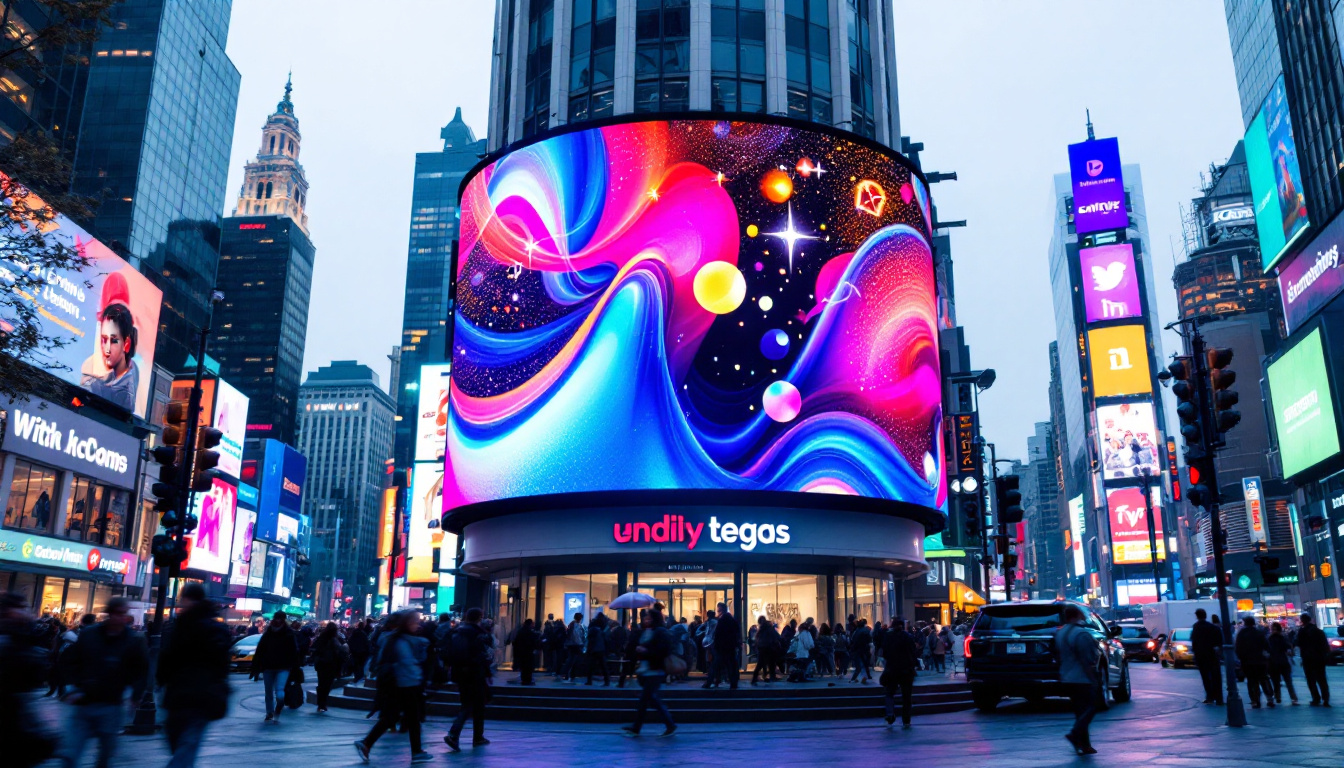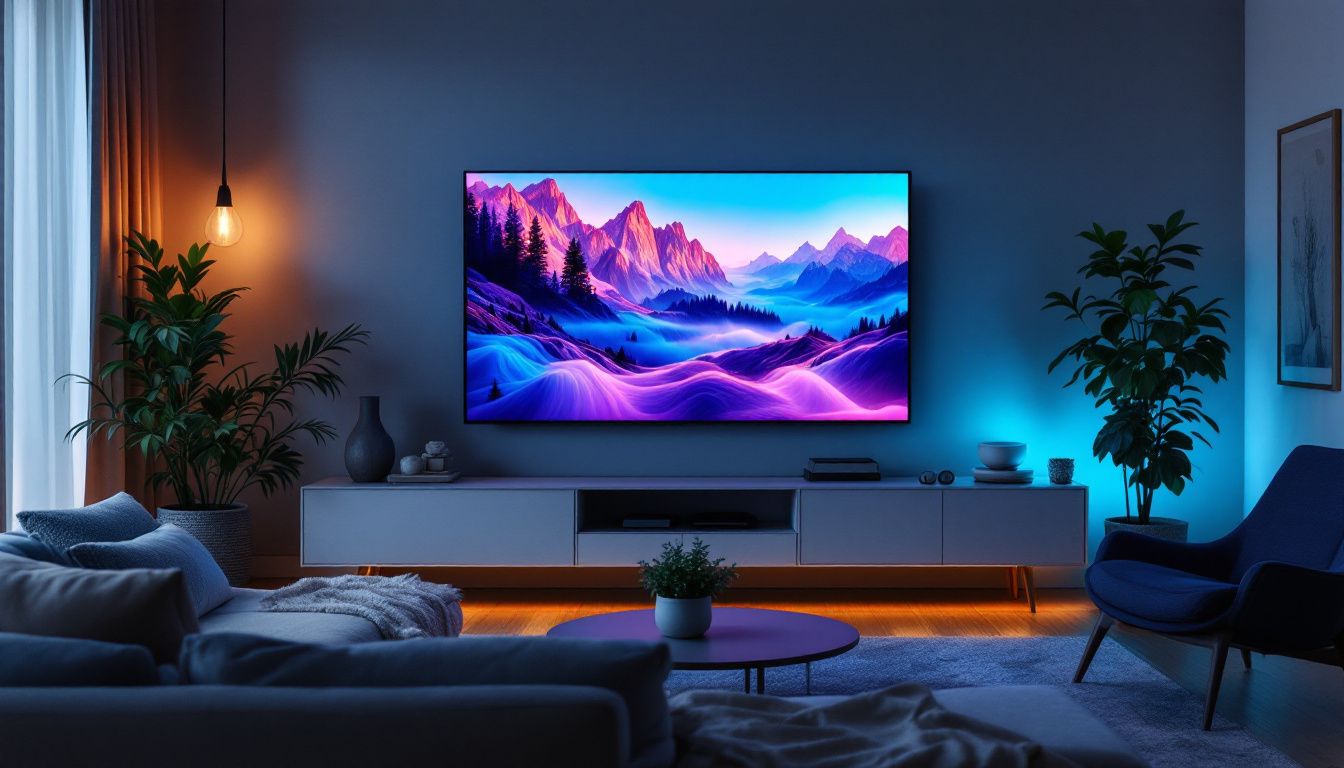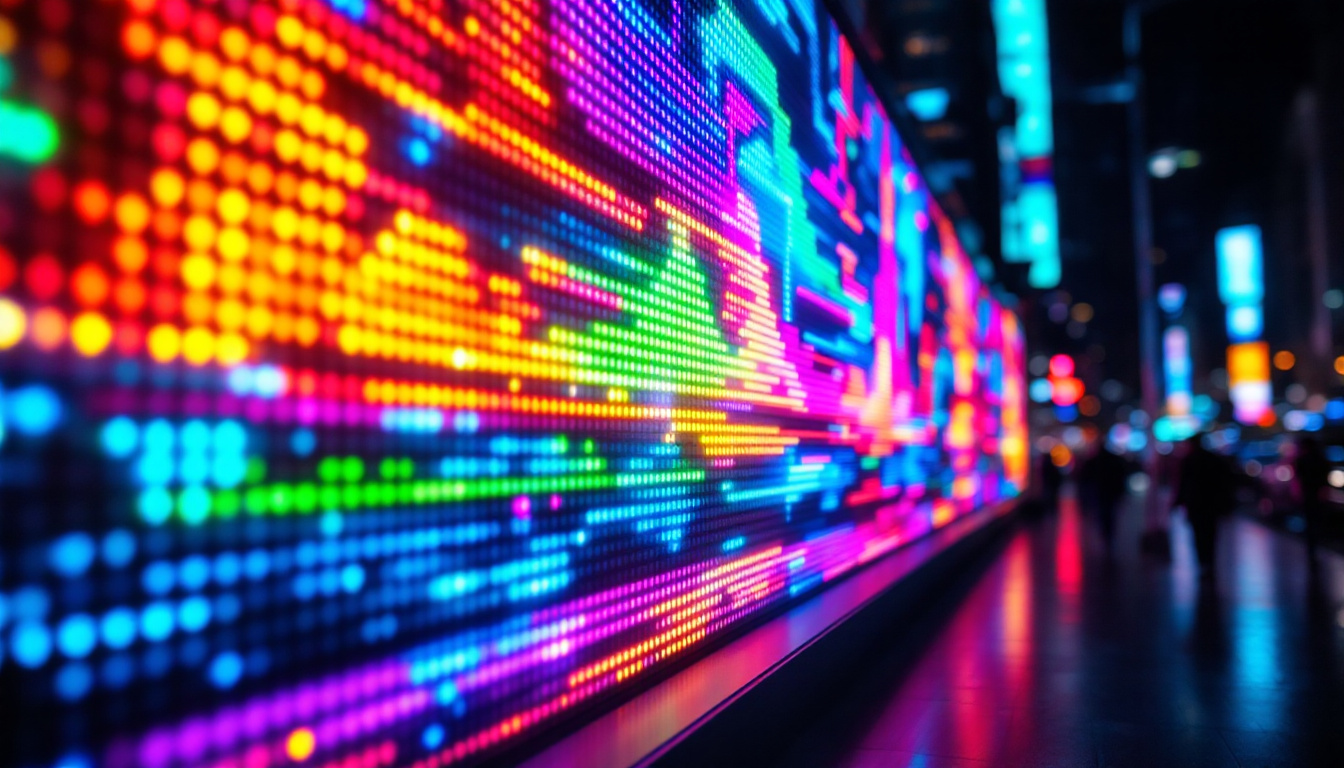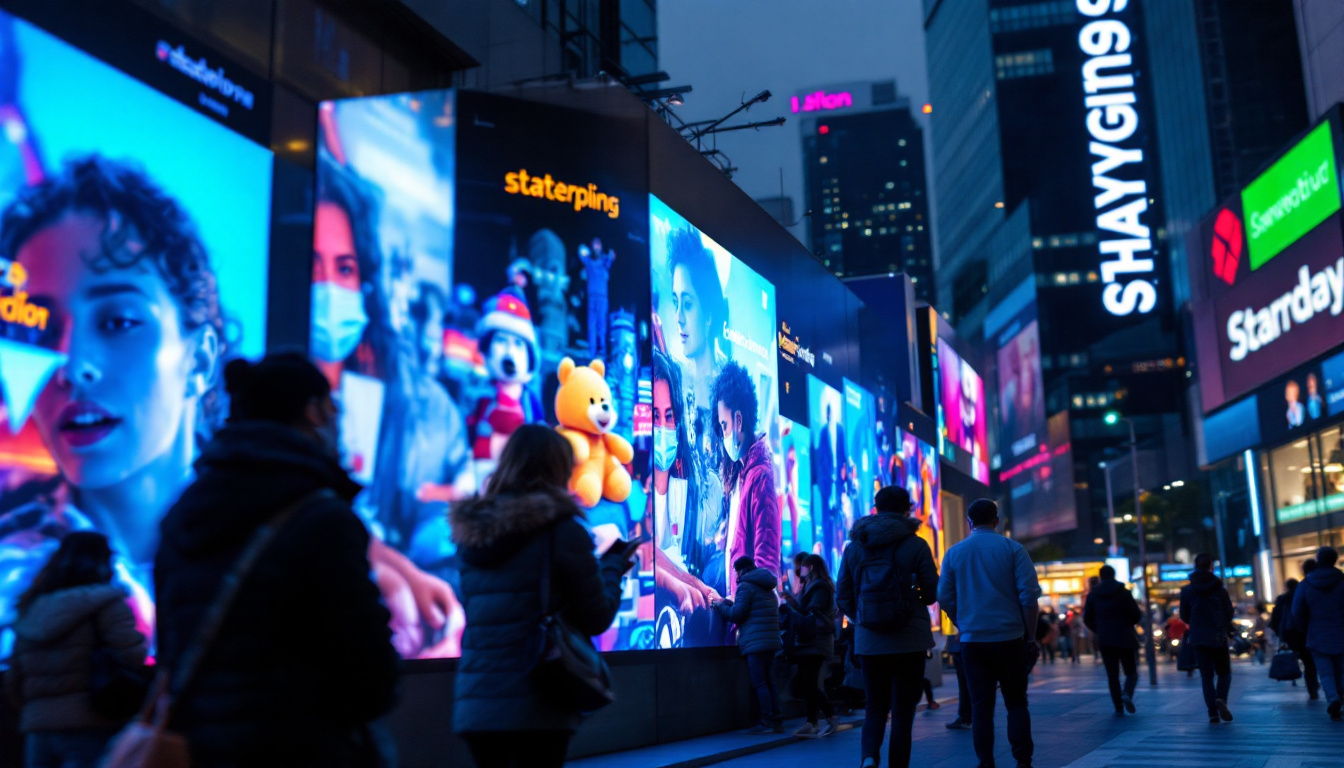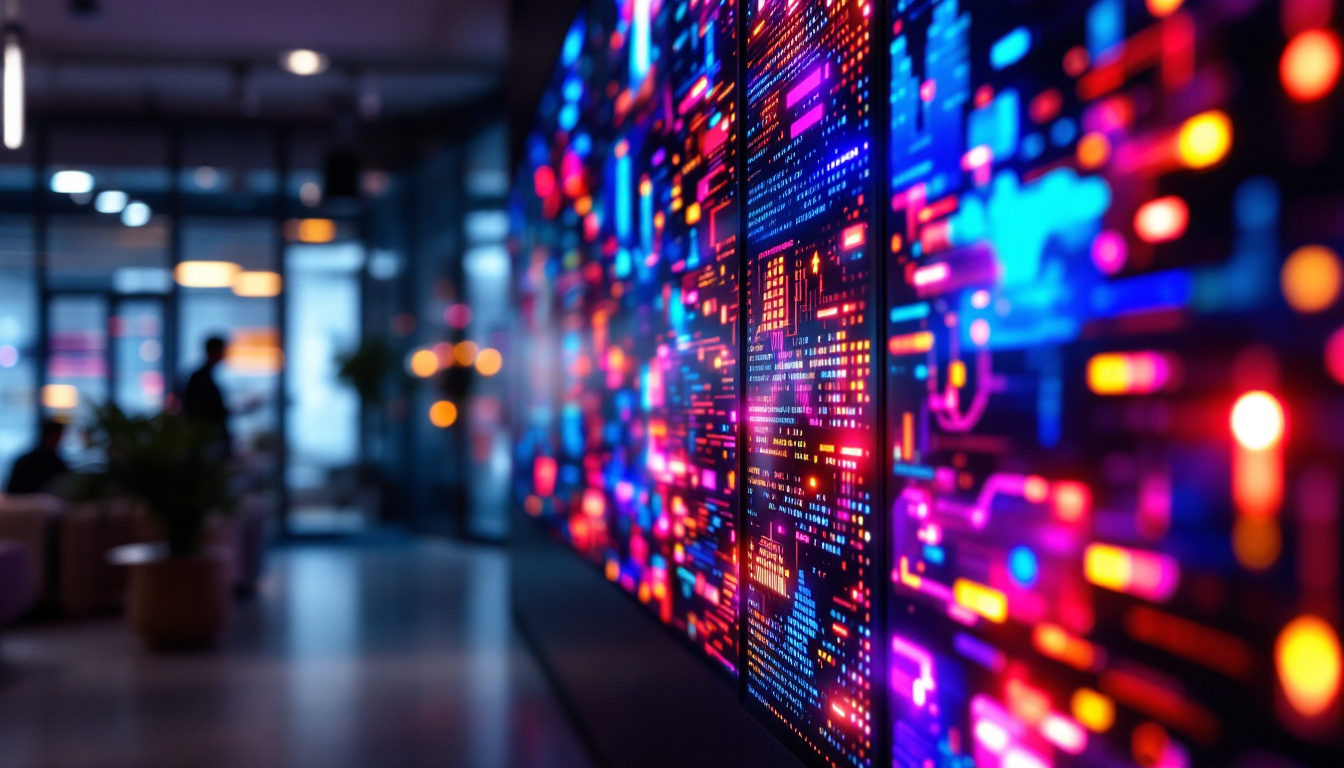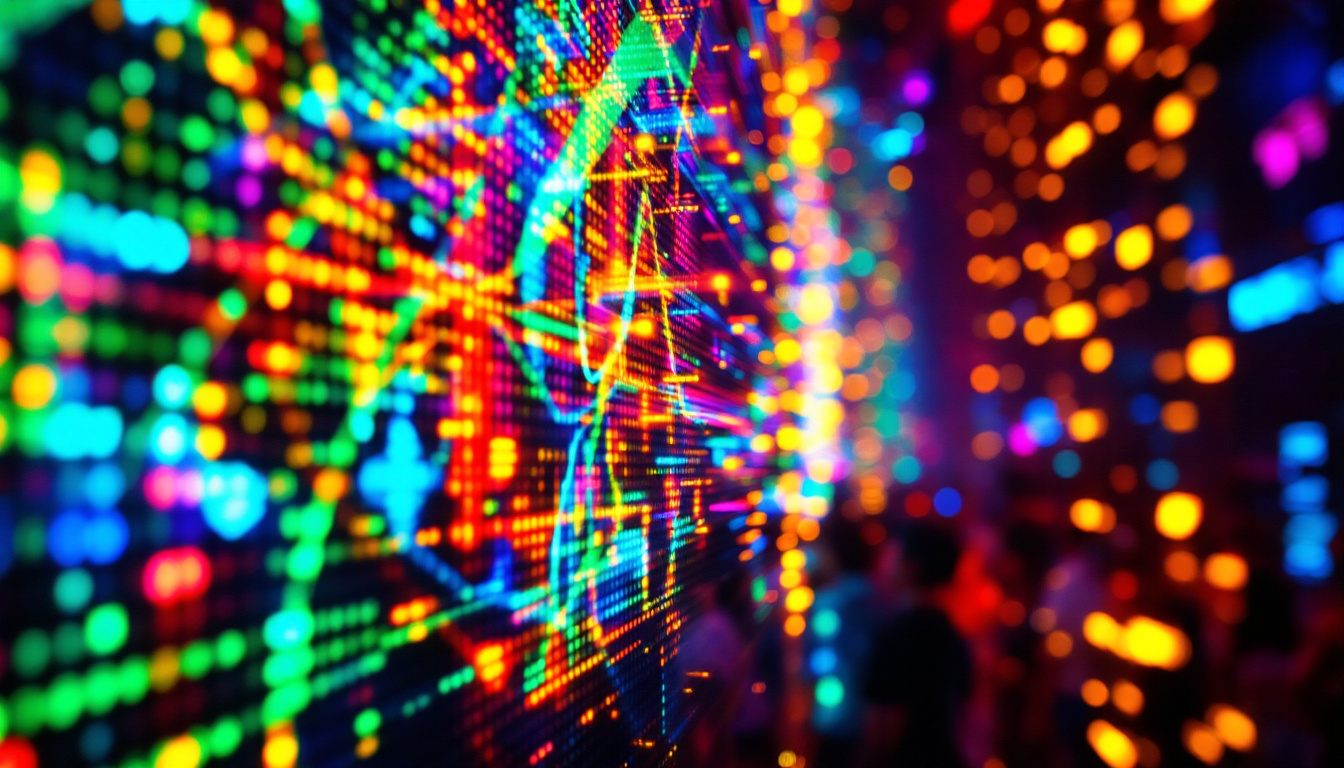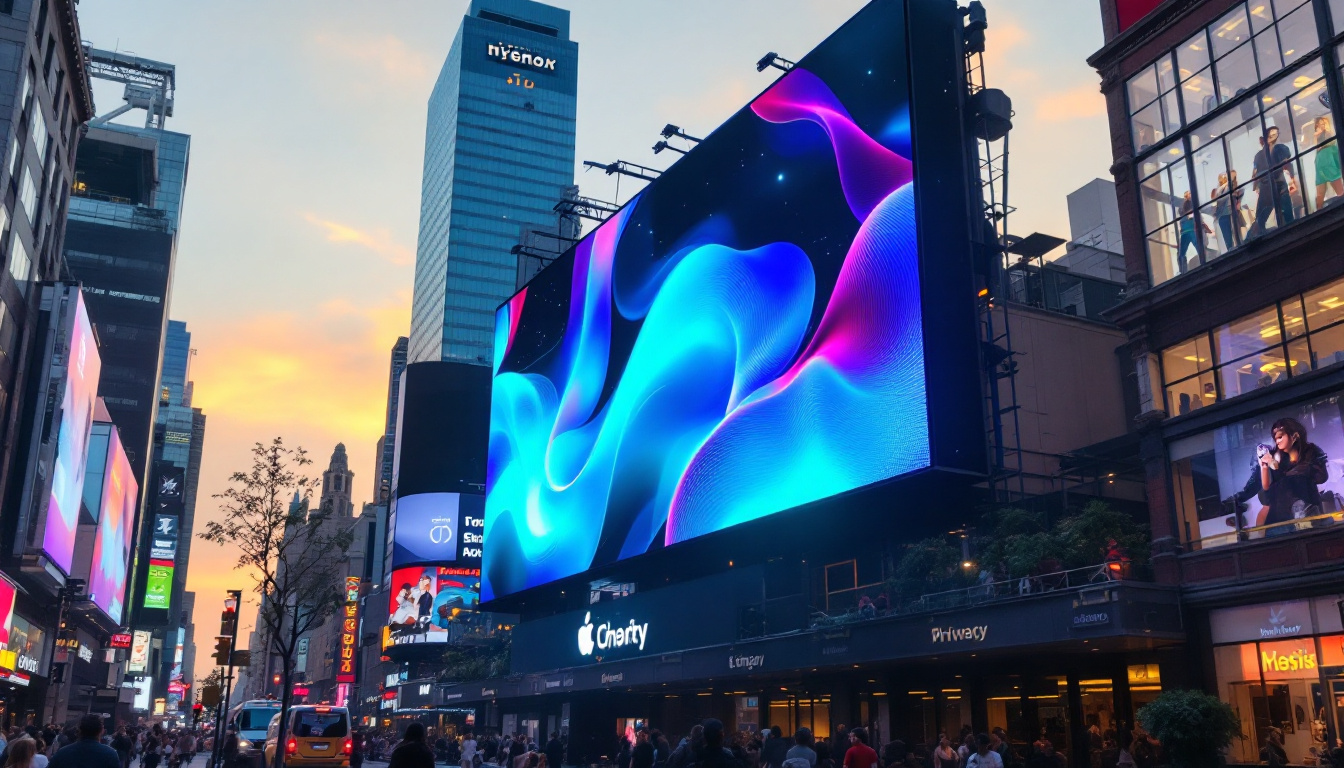In today’s fast-paced world, effective communication is essential for businesses, organizations, and institutions. Digital signage has emerged as a powerful tool for conveying messages, promoting products, and enhancing customer experiences. Among the various forms of digital signage, LED displays have gained immense popularity due to their vibrant visuals and cost-effectiveness. This article explores the nuances of cheap digital signage, focusing on LED displays, their benefits, applications, and considerations for implementation.
Understanding LED Displays
LED (Light Emitting Diode) displays are a type of digital signage that utilizes LED technology to produce bright and colorful images. These displays are composed of numerous small diodes that emit light when an electric current passes through them. The result is a high-quality visual output that is easily visible even in bright environments. Their energy efficiency and longevity make them a popular choice for both commercial and residential applications, contributing to their widespread adoption in various sectors.
How LED Displays Work
LED displays function by combining red, green, and blue (RGB) diodes to create a full spectrum of colors. By adjusting the intensity of each color, these displays can produce a wide range of hues and shades. The technology behind LED displays allows for high contrast ratios and sharp images, making them ideal for various applications. Additionally, advancements in LED technology have led to the development of features such as dynamic brightness adjustment and color calibration, ensuring optimal performance in diverse lighting conditions.
Moreover, LED displays can be designed in different configurations, including indoor and outdoor setups. Outdoor LED displays are typically more robust, featuring weather-resistant casings and higher brightness levels to combat sunlight. Indoor displays, on the other hand, are optimized for close viewing distances and lower brightness levels. The versatility of LED technology also allows for flexible installation options, including wall-mounted, freestanding, and even curved designs, which can enhance the aesthetic appeal of any space.
Types of LED Displays
There are several types of LED displays available, each catering to specific needs and environments. The most common types include:
- Direct View LED: These displays consist of individual LED modules that are assembled into a larger screen. They are often used for large-scale advertising and events.
- LED Video Walls: Composed of multiple LED panels, video walls create a seamless display that can show dynamic content across a large area.
- Transparent LED Displays: These innovative displays allow viewers to see through them while still displaying images and videos, making them ideal for retail environments.
In addition to these common types, there are also specialized LED displays designed for niche applications. For instance, flexible LED displays can be bent and shaped to fit unique spaces, making them perfect for creative installations in museums or art galleries. Similarly, high-definition LED displays are engineered for applications requiring exceptional clarity, such as in control rooms or broadcasting studios, where every detail matters. The continuous evolution of LED technology promises even more exciting developments in display capabilities, paving the way for future innovations in visual communication.
The Advantages of LED Displays
LED displays offer numerous advantages that make them a popular choice for digital signage. Understanding these benefits can help businesses make informed decisions about their advertising strategies.
Cost-Effectiveness
One of the primary reasons businesses opt for LED displays is their cost-effectiveness. While the initial investment may seem high, the long-term savings are significant. LED displays consume less power compared to traditional signage options, leading to lower energy bills. Additionally, their durability means less frequent replacements and maintenance costs. Beyond energy savings, LED technology has a longer lifespan, often lasting up to 100,000 hours, which means businesses can enjoy years of reliable service without the worry of frequent upgrades or replacements. This longevity not only reduces waste but also aligns with sustainability goals, making LED displays an environmentally friendly choice.
High Visibility and Impact
LED displays are known for their brightness and clarity, ensuring that messages stand out even in challenging lighting conditions. This high visibility translates to increased engagement from passersby, which is crucial for businesses looking to attract customers. The vibrant colors and dynamic content capabilities of LED displays also enhance the overall impact of advertising campaigns. Furthermore, the ability to display high-definition video and animations allows brands to tell their stories in a more compelling way, capturing the attention of audiences in a crowded marketplace. With the integration of smart technology, businesses can also tailor their content in real-time based on factors like time of day or audience demographics, maximizing the effectiveness of their advertising efforts.
Applications of LED Displays
LED displays are versatile and can be utilized across various industries and settings. Their adaptability makes them suitable for numerous applications.
Retail Environments
In retail, LED displays serve as powerful marketing tools. They can showcase promotions, new products, and brand messages in an eye-catching manner. Retailers often use LED signage to create immersive experiences, drawing customers into stores and encouraging purchases. Additionally, the dynamic nature of LED displays allows for real-time updates, enabling retailers to quickly change messages based on inventory levels or seasonal trends. This flexibility not only enhances customer engagement but also helps in optimizing marketing strategies to attract foot traffic effectively.
Corporate Communication
Businesses can leverage LED displays for internal communication as well. Digital signage in corporate environments can be used for announcements, meeting schedules, and employee recognition. This enhances workplace engagement and ensures that important information reaches staff efficiently. Furthermore, LED displays can be integrated with social media feeds or company news, providing employees with a continuous stream of relevant updates. This modern approach to communication fosters a sense of community within the workplace and can significantly boost morale by keeping employees informed and connected.
Events and Entertainment
LED displays play a crucial role in the events and entertainment sector. From concerts to sports events, these displays can be used to provide real-time information, advertisements, and visual effects. Their ability to display high-definition video content makes them ideal for captivating audiences. In addition to enhancing the visual experience, LED displays can also be utilized for interactive elements, allowing attendees to engage with the content through mobile apps or social media. This interactivity not only enriches the event experience but also provides organizers with valuable data on audience preferences and behaviors, enabling them to tailor future events more effectively.
Considerations for Implementing LED Displays
While LED displays offer numerous advantages, there are several factors to consider before implementation. Understanding these considerations can help businesses maximize their investment.
Location and Environment
The location of the LED display is critical to its effectiveness. Outdoor displays need to be positioned where they can capture the attention of passersby. Factors such as visibility, foot traffic, and surrounding lighting conditions should be evaluated. For indoor displays, proximity to the target audience is essential to ensure messages are easily readable.
Content Management
Effective content management is vital for maximizing the impact of LED displays. Businesses should invest in user-friendly software that allows for easy updates and scheduling of content. Engaging and relevant content is key to maintaining audience interest and ensuring that messages resonate.
Budget Considerations
While LED displays can be cost-effective in the long run, businesses must carefully consider their budget. Initial costs can vary significantly based on the size, type, and features of the display. It’s essential to conduct a thorough cost analysis, factoring in installation, maintenance, and content creation expenses.
Future Trends in LED Display Technology
The world of LED displays is continuously evolving, with new technologies and trends emerging regularly. Staying informed about these advancements can help businesses stay ahead of the competition.
Advancements in Resolution
As technology progresses, LED displays are becoming increasingly high-resolution. The introduction of microLED technology allows for smaller pixel sizes, resulting in sharper images and better color accuracy. This trend is particularly beneficial for applications requiring close viewing distances, such as retail and exhibitions.
Integration with IoT and AI
Integrating LED displays with Internet of Things (IoT) technology and artificial intelligence (AI) is another exciting trend. This integration allows for real-time data analysis, enabling businesses to tailor content based on audience behavior and preferences. For instance, smart displays can change advertisements based on the demographics of the viewers present at a given time.
Eco-Friendly Solutions
As sustainability becomes a priority for many organizations, the LED display industry is also moving towards eco-friendly solutions. Manufacturers are focusing on creating energy-efficient displays and using recyclable materials in their production processes. This trend not only reduces environmental impact but also appeals to environmentally-conscious consumers.
Conclusion
Cheap digital signage, particularly through LED displays, has transformed the way businesses communicate with their audiences. The combination of cost-effectiveness, high visibility, and versatility makes LED displays an attractive option for various applications. However, careful consideration of location, content management, and budget is essential for successful implementation.
As technology continues to advance, the future of LED displays looks promising, with innovations in resolution, integration with smart technologies, and eco-friendly solutions on the horizon. By embracing these trends, businesses can leverage LED displays to enhance their marketing strategies and improve customer engagement.
In summary, investing in cheap digital signage through LED displays can yield significant benefits for businesses looking to make an impact in today’s competitive landscape. With the right approach, LED displays can serve as a powerful tool for communication and marketing, driving growth and success.
Discover LumenMatrix LED Display Solutions
Ready to elevate your brand’s presence and captivate your audience with high-impact visuals? Explore LumenMatrix’s comprehensive range of LED display solutions, from Indoor and Outdoor LED Wall Displays to innovative LED Transparent Displays. Our mission is to revolutionize your visual communication, ensuring your message resonates with clarity and vibrancy. Don’t miss the opportunity to transform your digital signage strategy with LumenMatrix’s cutting-edge technology. Check out LumenMatrix LED Display Solutions today and see the difference for yourself.

